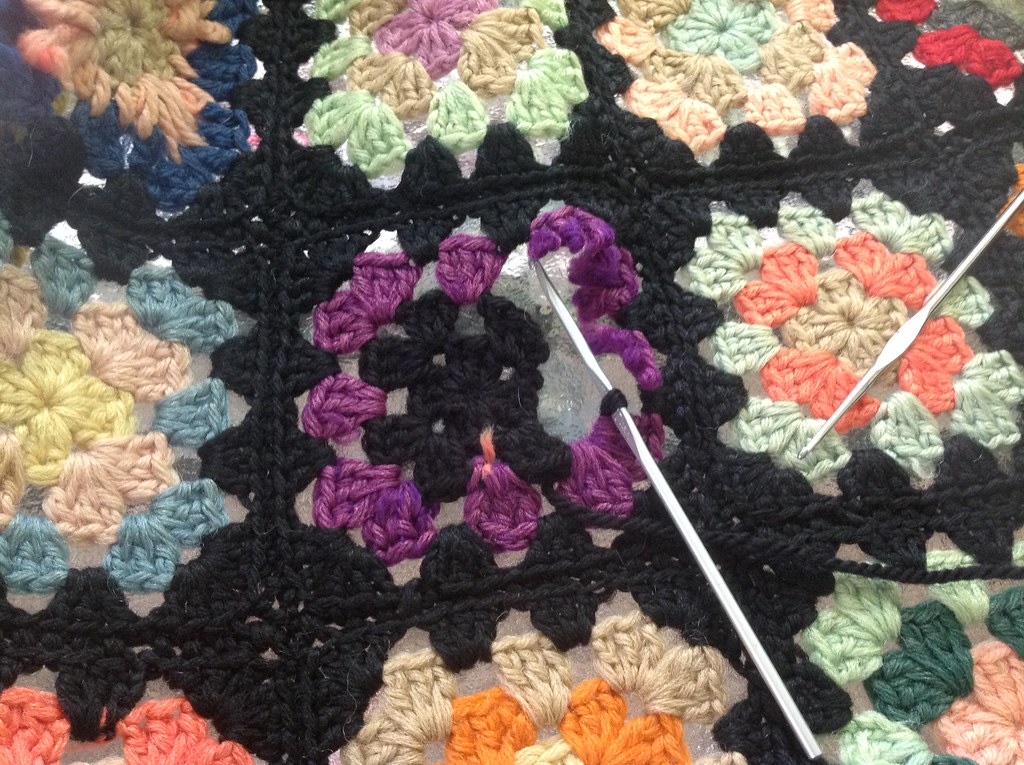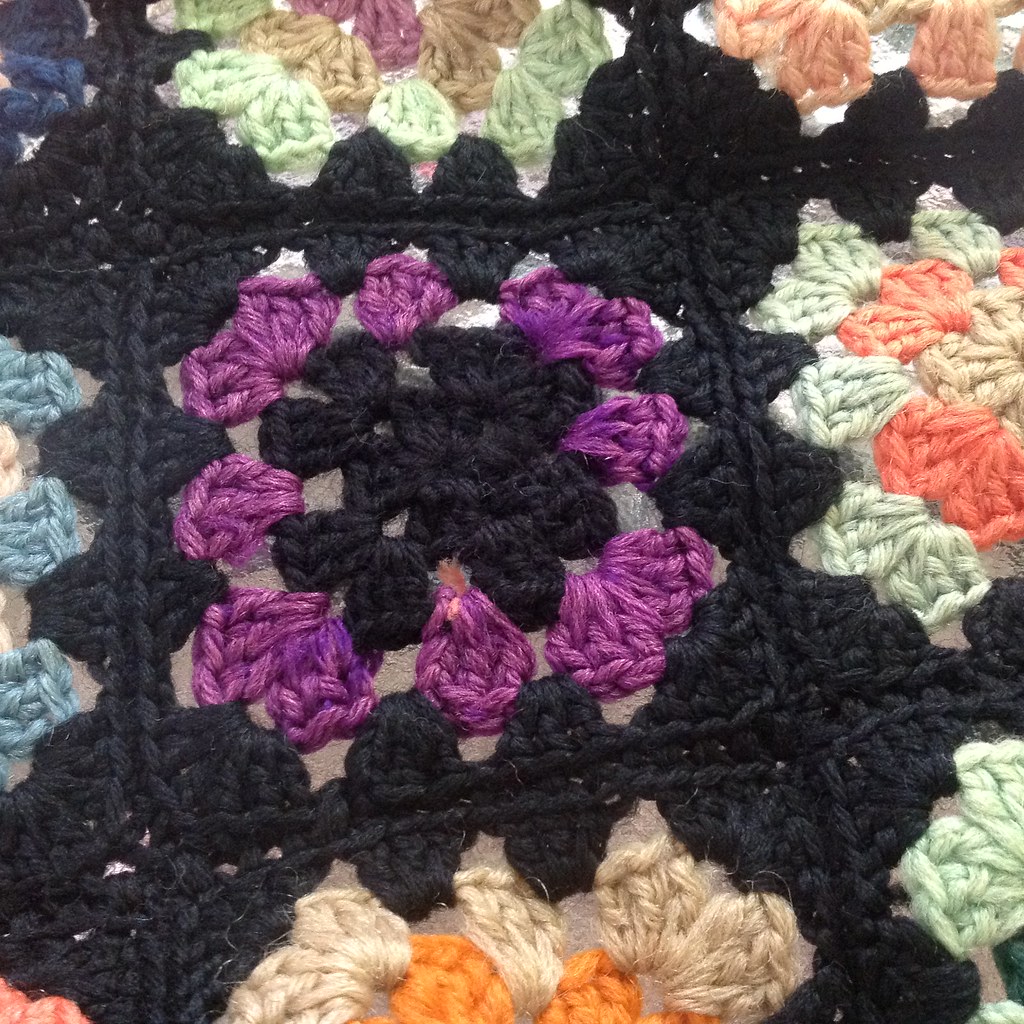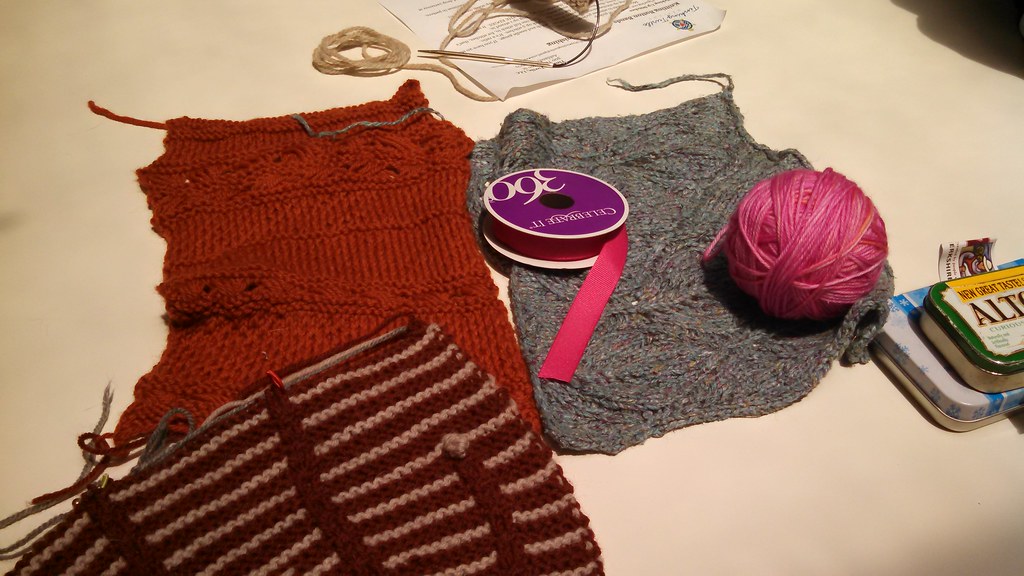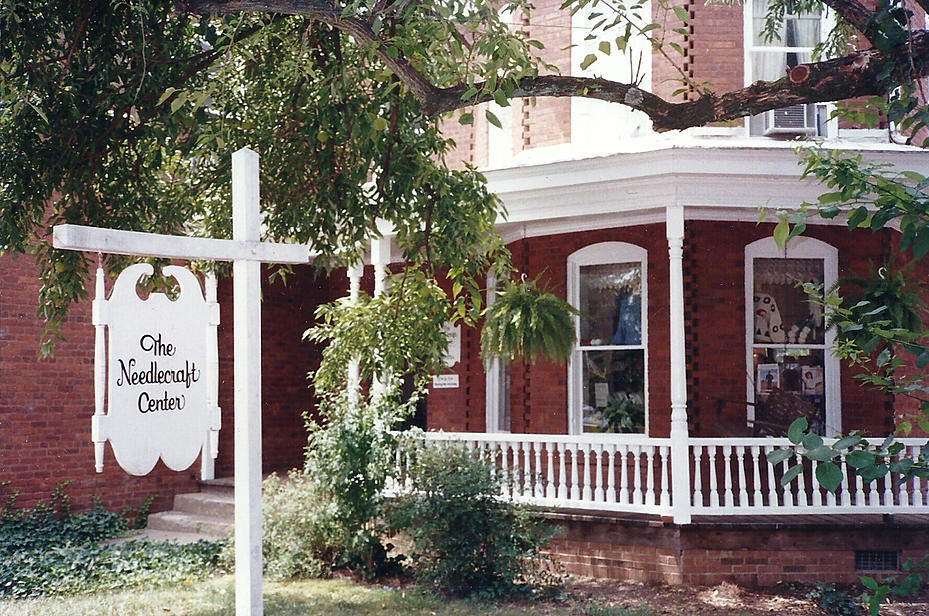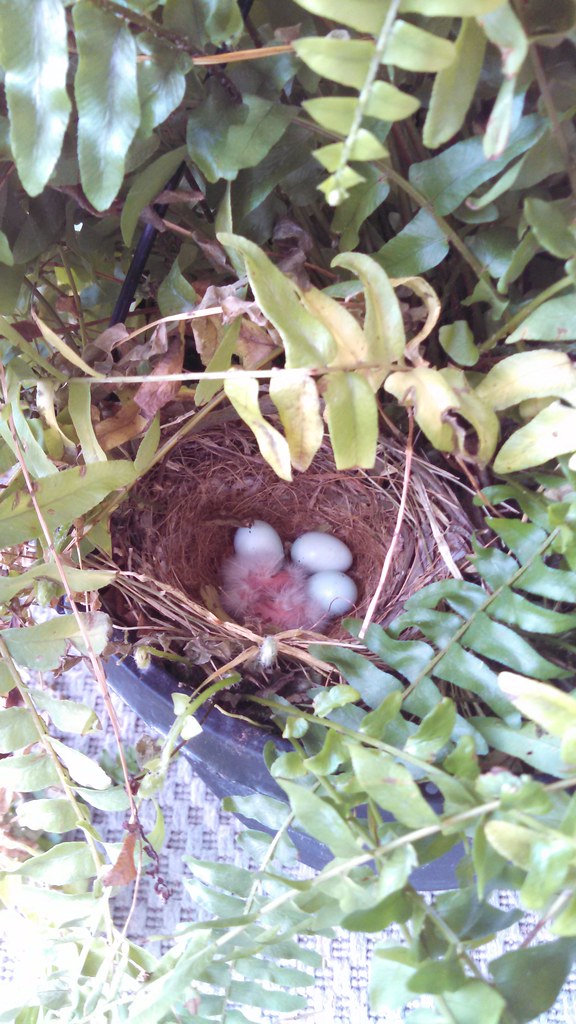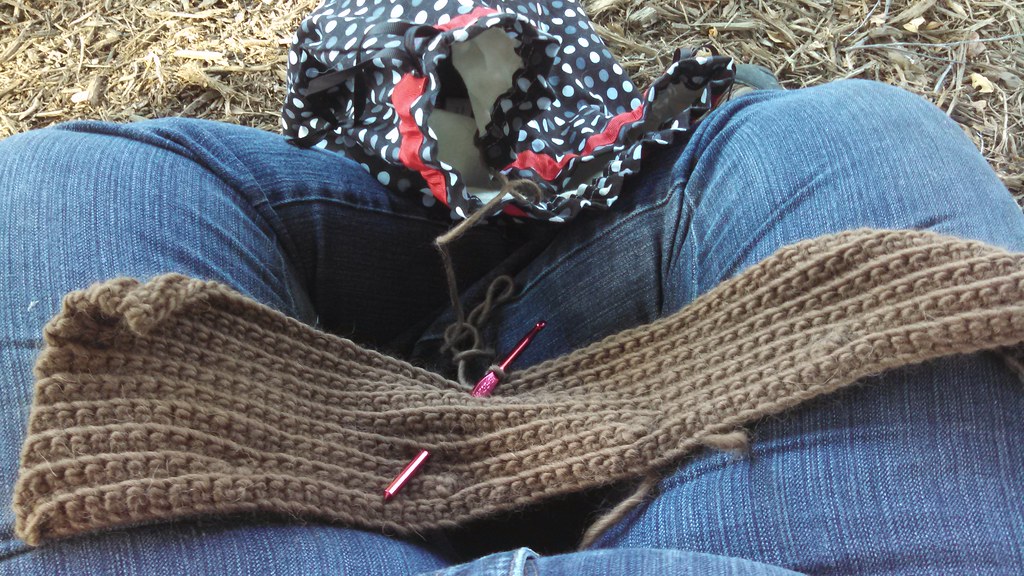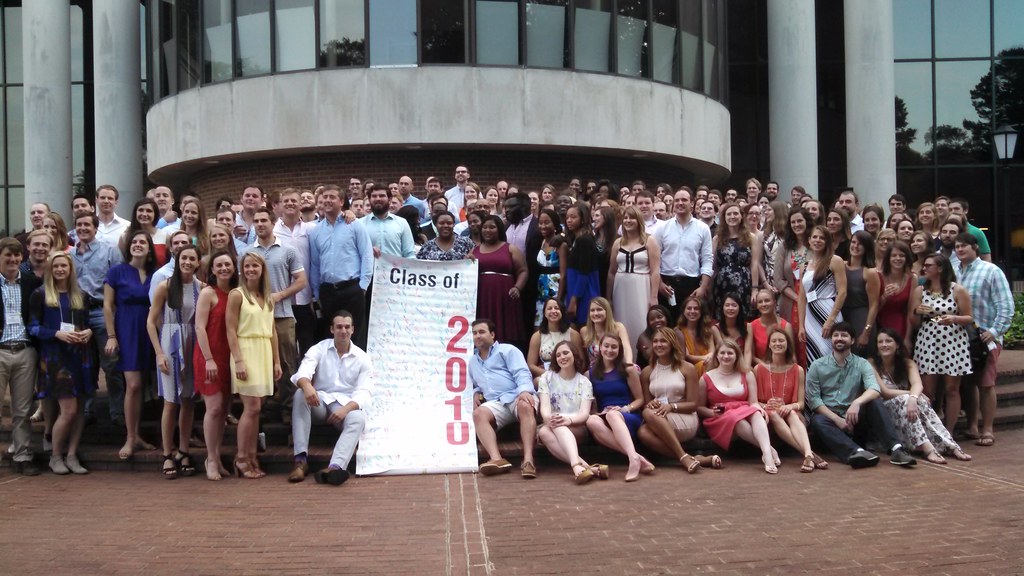As I’m getting my schedule firmed up for the fall, I’m starting to slot dates in for my new classes! I thought I’d highlight my classes at Fibre Space, this Fall.
Fibre Space
I love teaching at Fibre Space (which is located in Old Town Alexandria, VA), and I’ve got a few really great classes I’ll be teaching this fall. Highlights include:
Darn Those Knits
Stranded Crochet Cowl
Finishing Essentials
Intarsia Wrap
Ooops! Fixing Mistakes
Padded Crochet Rug




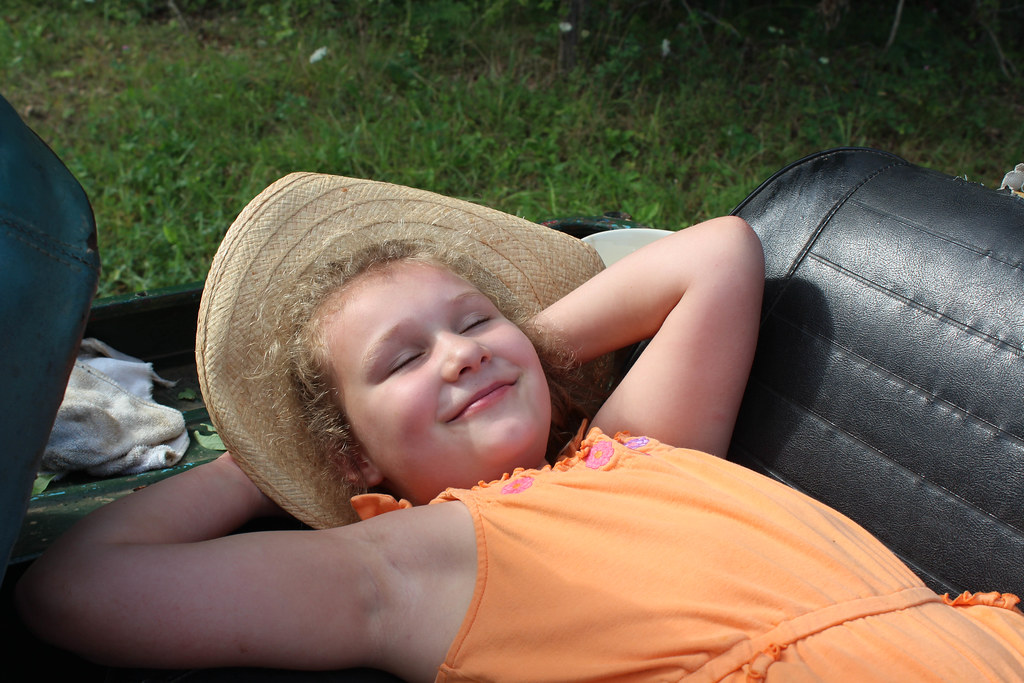
 pillows in honor of Mr. Turtle’s birthday, in a week.
pillows in honor of Mr. Turtle’s birthday, in a week.


